
Epidermolysis bullosa aquisita or ABA is a disease that is, fortunately, very rare in humans. It is a chronic, autoimmune disease that affects the skin and the mucosa. It is associated with autoimmunity to type VII collagen.
About epidermolysis bullosa aquisita
This disease is one of the least common types of epidermolysis bullosa. Its severity ranges from mild to potentially fatal.
As a result of mutations to the collagen gene, the skin becomes extremely fragile and it breaks even from minor frictions or traumas. It is also frequently covered in blisters. The damage to the skin in this condition is so frequent that it greatly increases the risk of skin cancer, which is a common complication of this disease.
This is a chronic inflammatory disease with periods of remission and flare-ups that follow each other continuously. ABA itself is not fatal, but the complications that often result from it can be life-threatening. This disease seriously hinders daily activities and it is very hard for the patients to live a normal life.
Although this disease can affect people of both sexes and all ages, ABA is more frequent in elderly. However, the cases of children with ABA have also been reported. Since this is a very serious disease, children with ABA are in the center of a lot of public attention and many charities and fundraisers are focused on helping these children, who are often called “butterfly children” or “cotton wool babies”.
Symptoms of epidermolysis bullosa aquisita
Clinically, epidermolysis bullosa aquisita is characterized by blisters, scars and milia on the skin and mucosa, especially on areas prone to trauma, such as knees, elbows, ankles, buttocks, hands, feet, shins, hips and head. The blisters are filled with fluid and may go away without leaving scars. In more serious cases, the blisters are numerous and large and when they burst and heal they leave scars.
This disease can also affect mucous membranes, for example inside the mouth, in the esophagus, stomach, intestines and urinary tract. ABA also leads to deformity, degeneration and loss of fingernails, toenails and hair. The skin one palms and soles may become thick and hard. When there are not blisters, the skin is often covered with milia or tiny white bumps.
People with ABA also have frequent problems with teeth and gums and sometimes they may experience difficulty swallowing. They also tend to sweat more than needed.
Imunologically, the patients with epidermolysis bullosa aquisita exhibit the presence of immunoglobulin autoantibodies which target the type VII collagen.




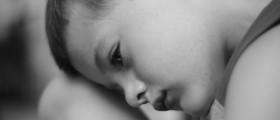


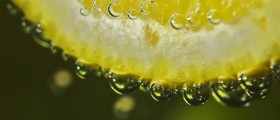

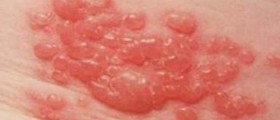



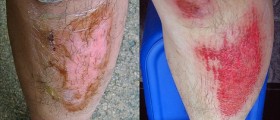
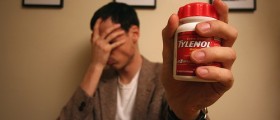


Your thoughts on this
Loading...